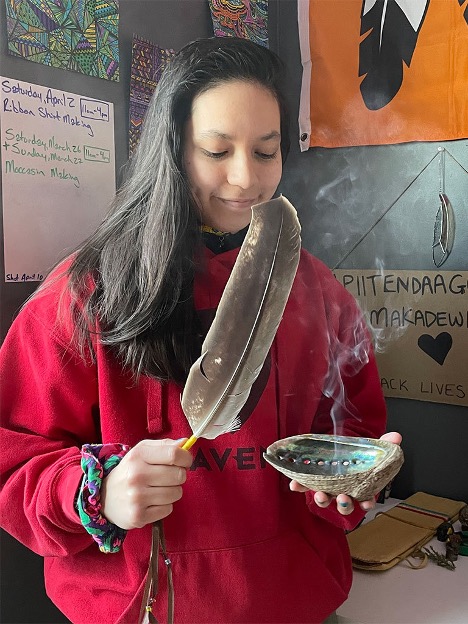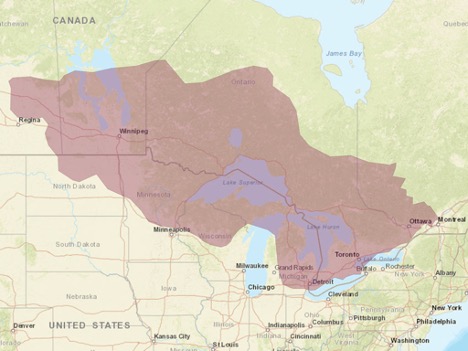March 20 marked the first day of spring in the northern hemisphere. For many Indigenous communities, this day means more than a change in season.
Kile George is a second-year political science student at Carleton. For George, the spring equinox is a way to reconnect with their community while living away from their family for school. George is Anishinaabe from the Nipissing First Nation. To recognize the spring equinox, they participated in smudging and ate some maple syrup.
“Being in the middle of a city and not having much connection to any of my culture that I grew up with or any events … the smudging helps connect my spirit with, not only the spirit of my community, but also the world and the Great Spirit,” George said.

George said they used sage to smudge.
“I find it’s a connection between me and my ancestors, especially when consuming maple syrup, because I know that they would have also had maple syrup,” George said. “That was what we did for a millennia, before any colonizer came to this land.”
The Anishinaabeg are a large group of First Nations who live in Canada and the U.S. There are many Indigenous nations within this one group, including the Ojibwe, Chippewa, Algonquin, Odawa, Potawatomi, Saulteaux, Nipissing and Mississauga First Nations.

“I find that this moon is a really special one,” George said. “Our spirits within ourselves become more active and less frozen along with the seasons.”
Taylor Johnston is Anishinaabe from Serpent River First Nation. She also moved away from her homeland to attend Carleton. She is currently finishing up her second year in Anthropology, with a minor in Indigenous studies. While she did not do anything to recognize the change in season this year, she would help her family tap trees for sap at home.
“Spring is my favourite season,” Johnston said. “Collecting sap is my favourite thing to do. I feel more uppity, like happy.”
Maple sap is traditionally used to make syrup, sugar cakes, sugar granules or taffy.
Chris Wong is an organizer of the Asinabka Festival, an Indigenous film festival. He is Anishinaabe from Nawash First Nation. His family owns a sugar bush in his community. Since it’s a far drive from Ottawa, he did not return home for spring equinox this year.
Instead, Wong said he would recognize the spring equinox by lighting a fire beside the Ottawa River. He said he wanted to burn the four sacred medicines, thank the Creator for spring and say a prayer to the water and children forced to attend residential schools.
George said the best way to celebrate the new season and sugar moon is by drizzling maple syrup on some blueberries.
“It’s such soul food,” they said.
On April 8, Carleton University’s Centre of Indigenous Support and Community Engagement is hosting a maple syrup event. Algonquin Chef, Justine Deschenes will appear via Zoom from 1-2 p.m. for an afternoon of maple syrup teachings.
Maple syrup bottles will be given to Indigenous students who register. Students can email Indigenous@carleton.ca to register for the event.
Featured image by Eduardo Vazquez via Unsplash.






